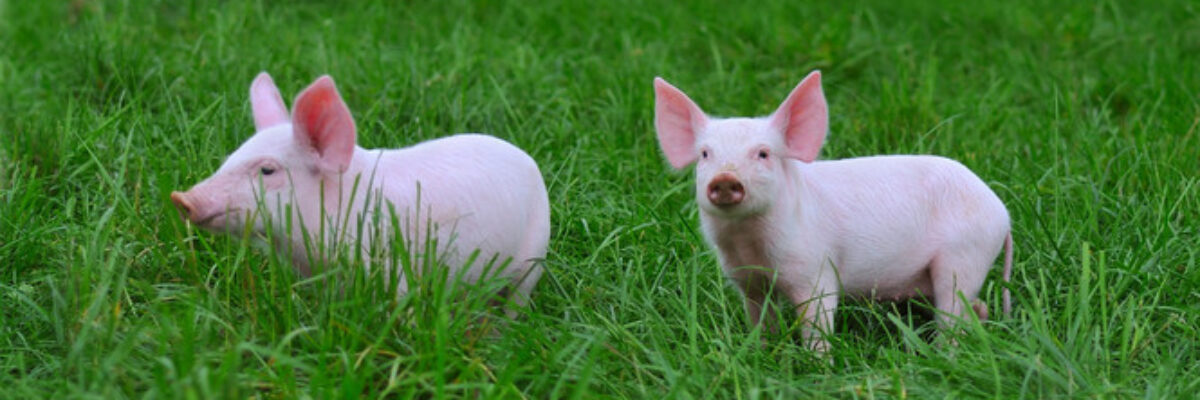Categories
Recent Posts
- Do these 7 things in spring pig breeding to reduce the number of pigs getting sick!
- Five ways to save money raising sheep!
- How to treat piglets without food? How do piglets lose weight without eating?
- In spring, the incidence of rumen food accumulation in cattle is high, pay attention to strengthen prevention and control!
- How to treat the fecal water of pig farms? These methods are worth learning
- What are the characteristics of black nose sheep? What food does black-nosed sheep not eat?
- Six things must be done to raise cattle in spring!
- What are the symptoms of cattle anthrax? Will cattle get sick after using anthrax vaccine?
- Summer is hot! How to prevent heatstroke and reduce the temperature of dairy cows?
- What is the reason for lack of manganese in cattle? What should cattle do if they lack manganese?
Prevention and control measures for piglet diarrhea

1、 Viral diarrhea
The disease is famous for its high incidence rate and high mortality. Generally, the incidence rate of infected piglets within 7 days of age is 100%, and the mortality is more than 80%. Even if they are not dead, they will become stiff pigs and affect the subsequent growth. Piglets generally show watery diarrhea after onset, and gradually lose weight and then dehydrate to death. Some pigs have vomiting symptoms.
If it is a simple diarrhea virus infection, after death, the anatomy shows that the stomach is full of a large number of clots, the intestinal wall is thin, and the intestine is full of air bubbles, and other organs have no obvious visual changes. However, based on my experience, at present, there are not many simple diarrhea virus infections in pig farms, and most of them will infect pseudorabies at the same time. In addition to the above clinical symptoms, the dissection of infected pseudorabies can also find large bleeding spots on the kidney, serrated spleen edges, and bleeding spots on the liver.
Treatment of viral diarrhea:
At present, there is no cure for the disease, and the mortality can only be reduced by strengthening nursing. Rural farmers can use the feed, baking soda, glucose, rehydration salt and milk powder to make a paste with warm water and feed the piglets. Generally, the piglets will take the initiative to feed after two days of feeding. At this time, the piglets can be forced to wean to reduce death.
Preventive measures for viral diarrhea:
(1) Rural farmers can prevent and control diarrhea by immunizing two times of variant strains of diarrhea vaccine at sea points 45 days before and 15 days after the sows are born.
(2) Reduce the humidity in the delivery room and increase the temperature in the delivery room. Rural farmers can pile quicklime on the corner of the delivery room to reduce the humidity in the delivery room.
(3) Rural farmers can use 0.1% potassium permanganate solution to scrub sows’ breasts and buttocks after sows are born and before piglets are fed, so as to reduce the amount of virus exposed to piglets.
2、 Yellow dysentery of piglets
The pathogen of yellow dysentery is Escherichia coli, and its incidence rate and mortality rate are far lower than those of viral diarrhea. At the beginning of the disease, it is yellow thin stool, and the cure rate is relatively high at this time. If the treatment is improper, the cure rate of piglets with watery diarrhea is relatively low.
Prevention and treatment of yellow dysentery:
(1) Enrofloxacin+Pulsatilla Powder was added to the feed of rural sows from 7 days before birth to 7 days after birth.
(2) After the piglets are born, the breeders can choose one of the following options: oral enrofloxacin; Intramuscular injection of long-acting oxytetracycline; Intramuscular injection of long-acting cephalosporin; Oral microecological living bacteria preparation.
(3) Rural farmers need to reduce the humidity in the delivery room and increase the temperature.
After sow production, it is recommended that piglets should be fed in advance during the high incidence of epidemic diarrhea to prevent piglet diarrhea. If epidemic diarrhea has occurred in the delivery room, it is recommended that mothers and piglets should be treated together. The sows should be fed with one bottle each time for 2 days before delivery to prevent piglet diarrhea in the delivery room.
